Air Force One is the official air traffic control call sign of a United States Air Force aircraft carrying the President of the United States.
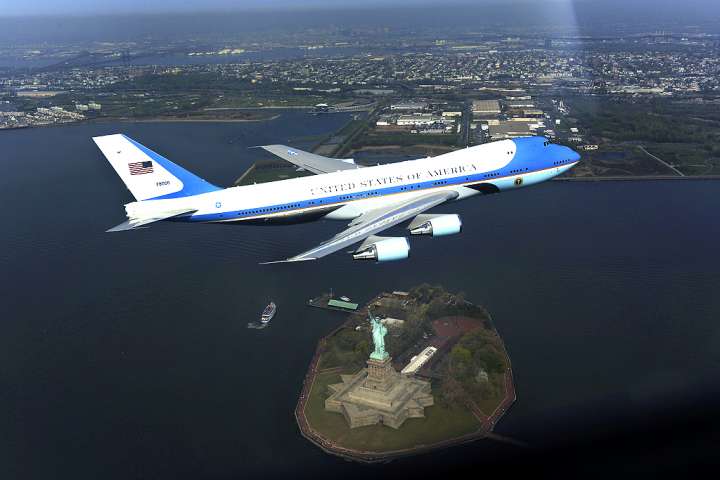
Fleet, starting A number of aircraft types have been used as Air Force One since the creation of the presidential with two Lockheed Constellations in the late 1950s: Columbine II and Columbine III. It also has included two Boeing 707s introduced in the 1960s and 1970s, respectively; since 1990, the presidential fleet has consisted of two Boeing VC-25As, which are specifically configured, highly customized Boeing 747-200B series aircraft. The Air Force plans to procure the Boeing 747-8 to be the next version of Air Force One.
The same planes are used by the vice-president but are called Air Force Two when he is aboard. The presidential fleet consists of two customized Boeing 747-200B aircraft (military designation VC-25A) called SAM 28000 and 29000.
The name Air Force One was established after an incident in 1953, when Eastern Airlines flight 8610 crossed paths with the president's plane, then called Air Force 8610, although the Air Force One name was not made official until 1962.
History
Guess Where II and Sacred Cow
The first aircraft configured for presidential use was a C-87A (Liberator Express) called Guess Where II, but concerns about the C-87 safety record relegated it to use by senior members of the White House staff, including First Lady Eleanor Roosevelt on her goodwill tour of Latin America.
In its place, a Douglas C-54 Skymaster (VC-54C) was configured for the president and nicknamed Sacred Cow. It had a sleeping area, radio telephone, and an elevator to raise President Franklin Roosevelt into it in his wheelchair (but FDR used the plane only once). This airplane is now housed at the National Museum of the United States Air Force.
C-54-based “Sacred Cow” (1944 - 1947)
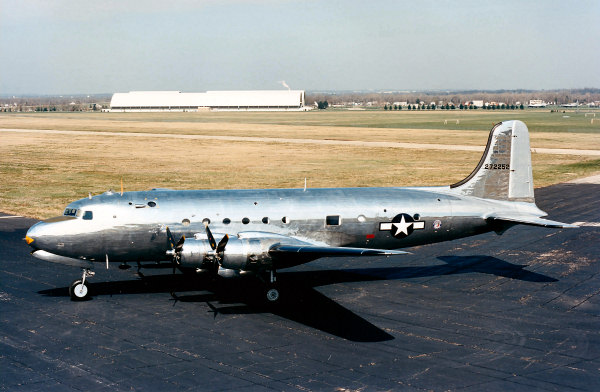
Sacred Cow
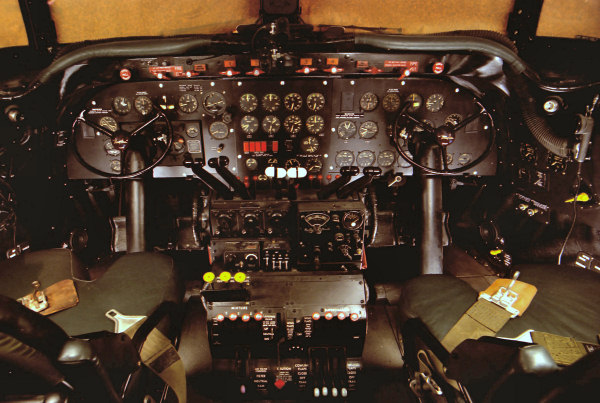
Cockpit
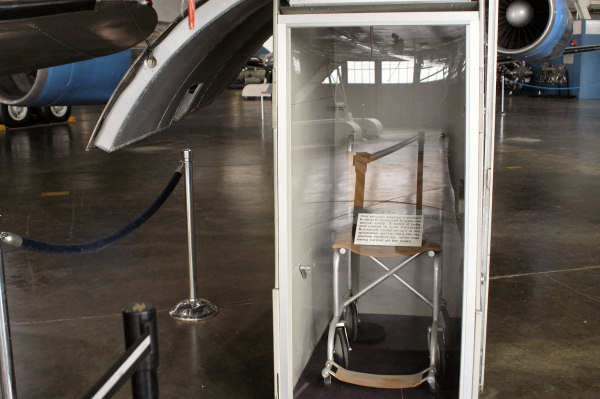
Chair lift
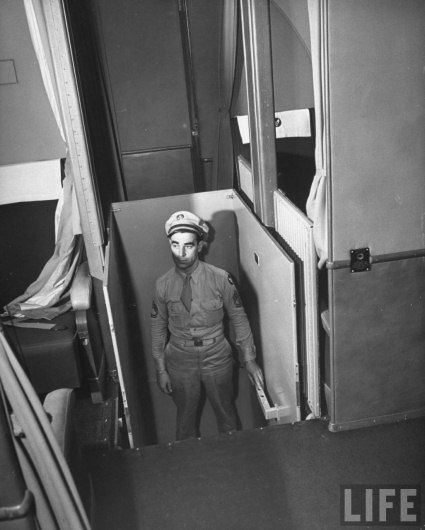
Chair lift
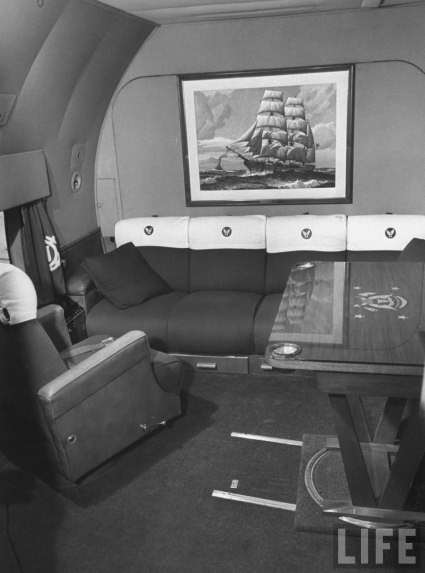
State room

Independence
In 1947, President Truman replaced the Sacred Cow with a Douglas DC-6 Liftmaster (VC-118) named Independence after his hometown. Its nose was painted to look like a bald eagle. Its aft fuselage was converted into a stateroom. And the main cabin could seat 24 passengers or could be made up into 12 sleeper berths. This airplane is now housed at the National Museum of the United States Air Force.
DC-6-based “Independence” (1947 - 19??)
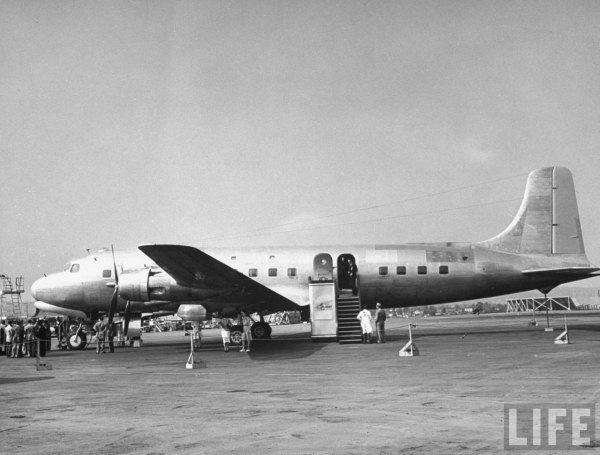
Independence (Life)

Cabin (Life)

State Room (Life)
State Room and other seating (Life)
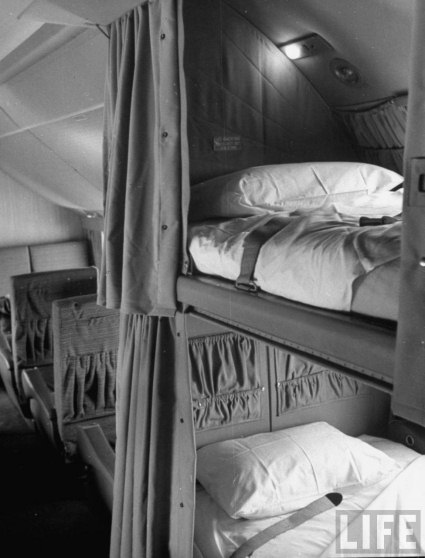
Sleepers (Life)
Super Constellation-based “Columbine II” and “III” (195? - 1962)
In addition to the Independence, Eisenhower used two Lockheed C-121 Super Constellations (VC-121E) called Columbine II and Columbine III and two small Aero Commanders.
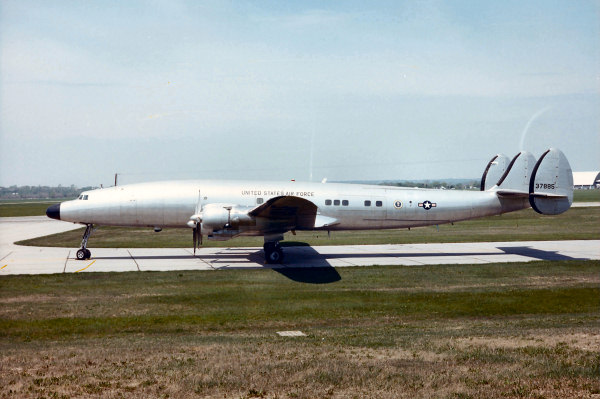
Columbine III
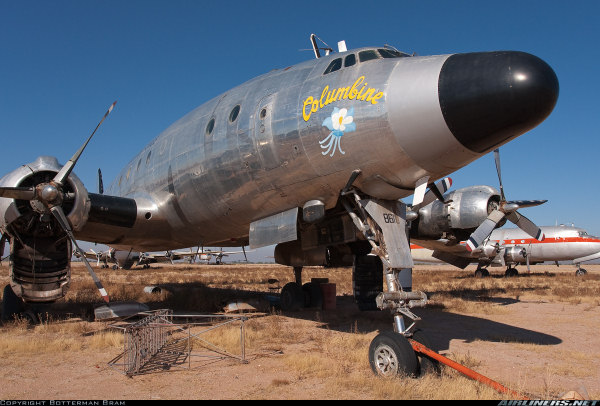
Columbine II in 2004
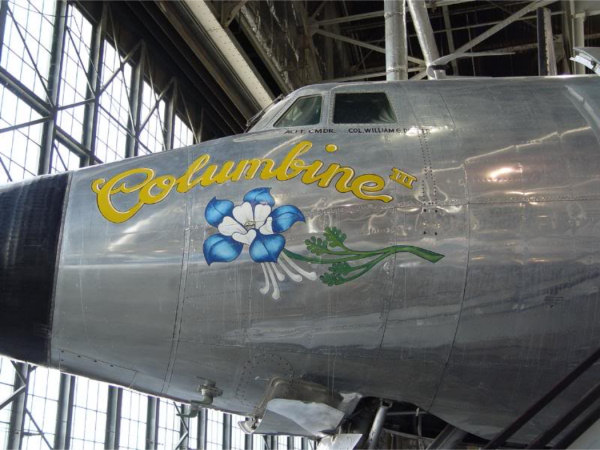
Columbine III in 2005
Aero Commander (1955 - 19??)
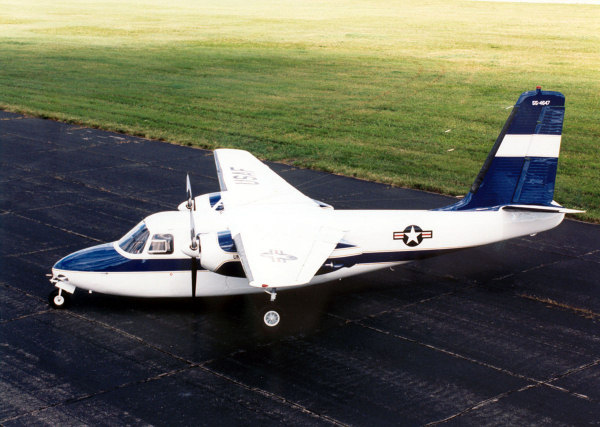
A USAF Aero Commander like those used occasionally by President Eisenhower
707-based SAM 970, 971, and 972 (1959 - 1996)
Special Air Mission 970, 971, and 972
In 1958, Eisenhower added three additional aircraft into the executive branch service. These were Boeing 707 (VC-137) aircraft designated SAM 970, 971, and 972. These were the first presidential jet aircraft.
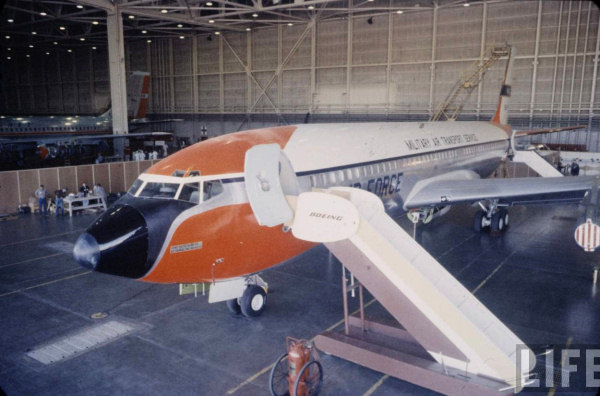
VC-137 in 1959
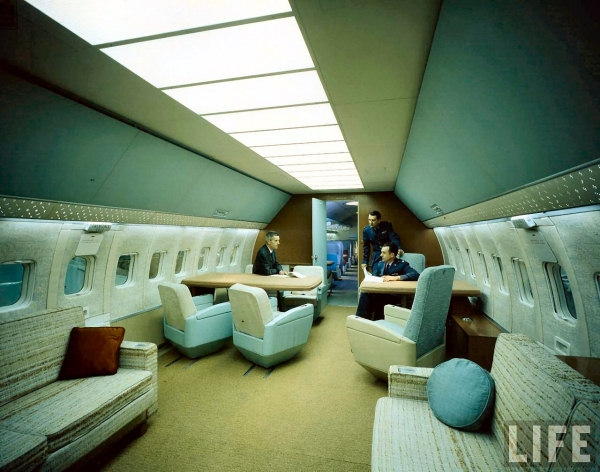
VC-137 conference area in 1959
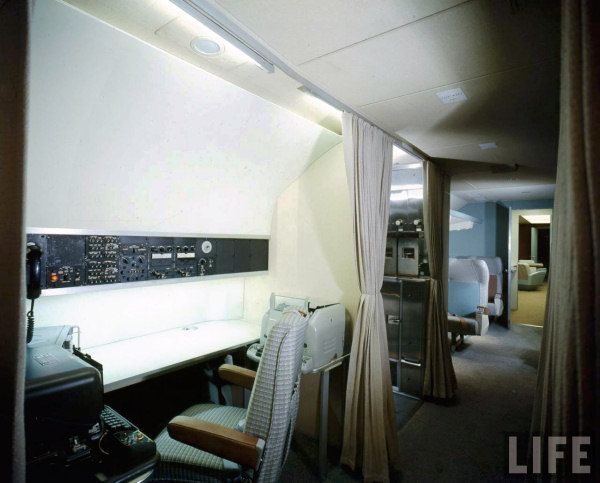
VC-137 communications in 1959
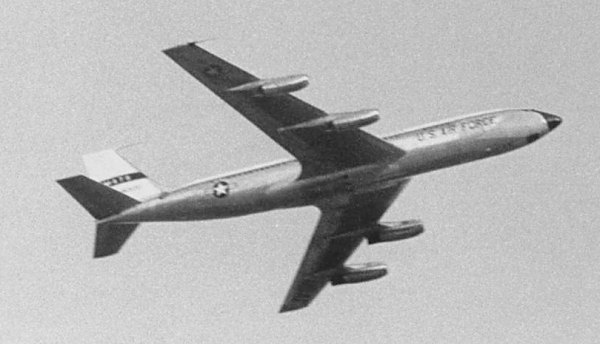
VC-137 in 1959

VC-137 conference area
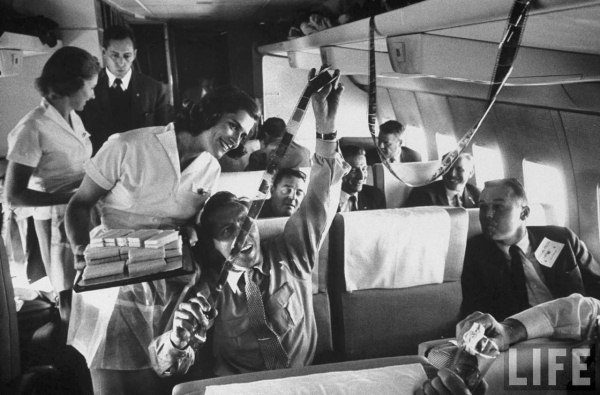
VC-137 cabin
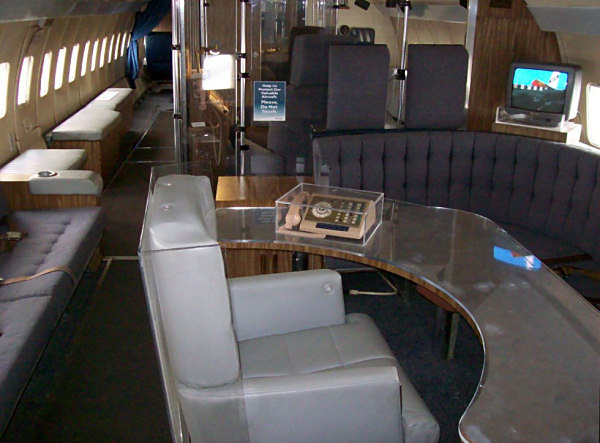
VC-137 (SAM 970) ward room as a museum piece
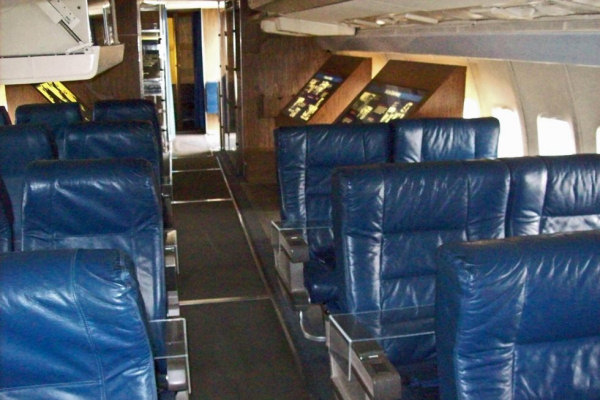
VC-137 (SAM 970) cabin as a museum piece
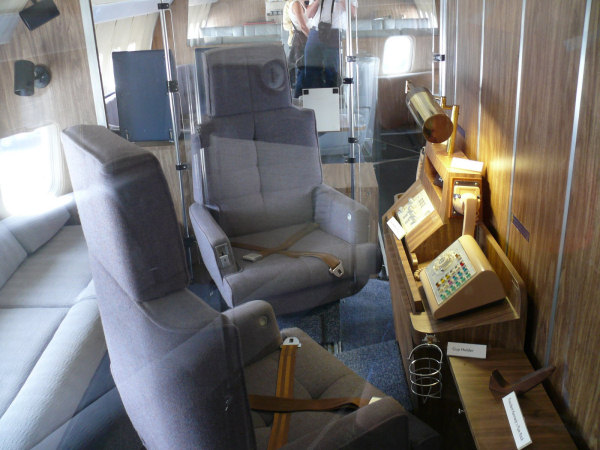
VC-137 (SAM 970) conference room as a museum piece
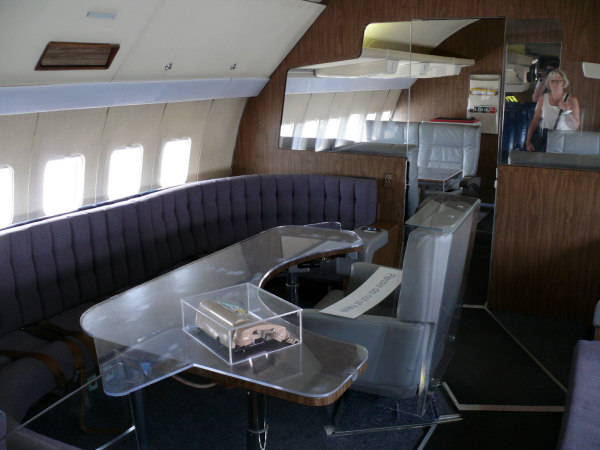
VC-137 (SAM 970) ward room as a museum piece
Special Air Misssion 28000 and 29000
In 1990, the two Boeing 747 (VC-25A) aircraft used today were delivered (having been ordered by Ronald Reagan).
747-based SAM 28000 and 29000 (1990 - present)
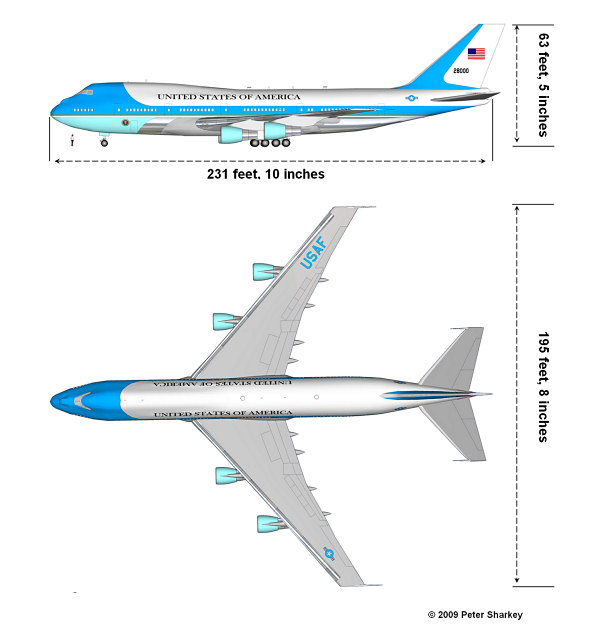
VC-25 Air Force One
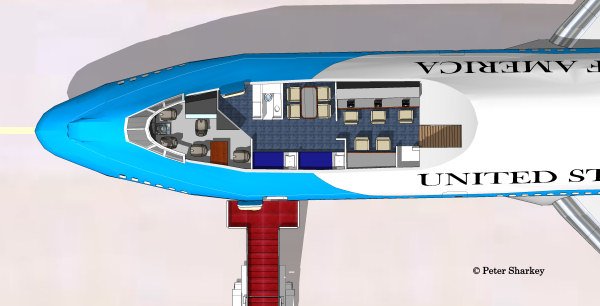
VC-25A crew deck
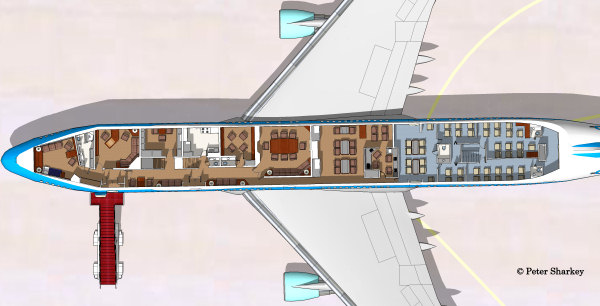
VC-25A Air Force One
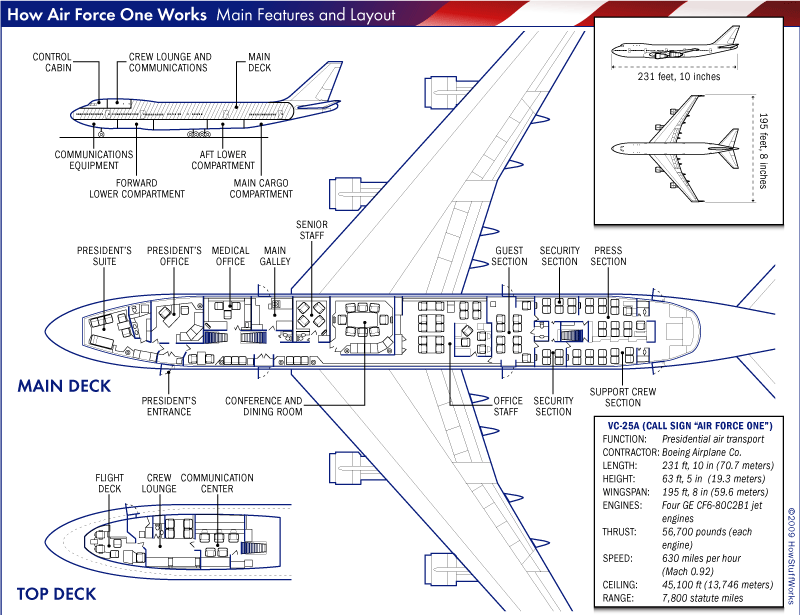
VC-25A Air Force One
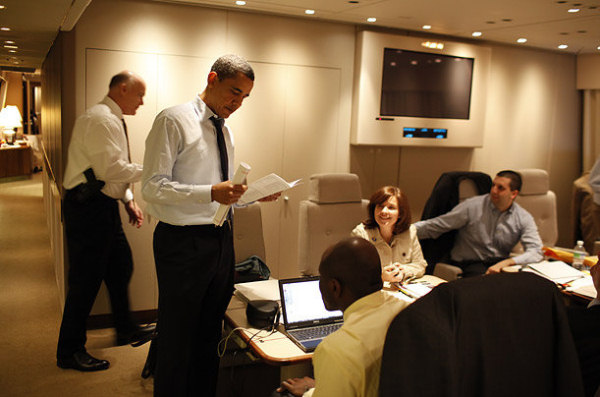
VC-25A staff room, looking back down corridor outside conference room
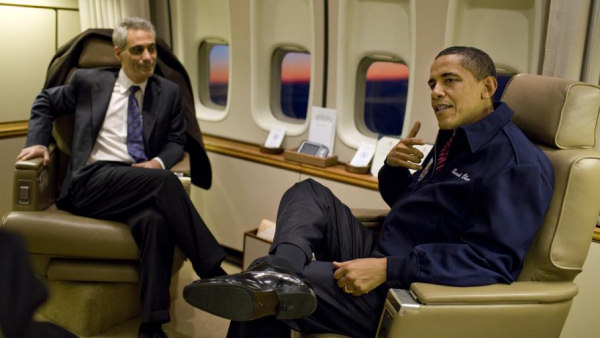
VC-25A senior staff room
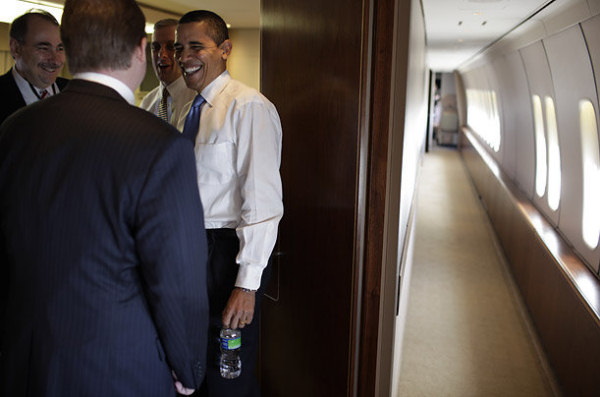
VC-25A corridor outside conference room
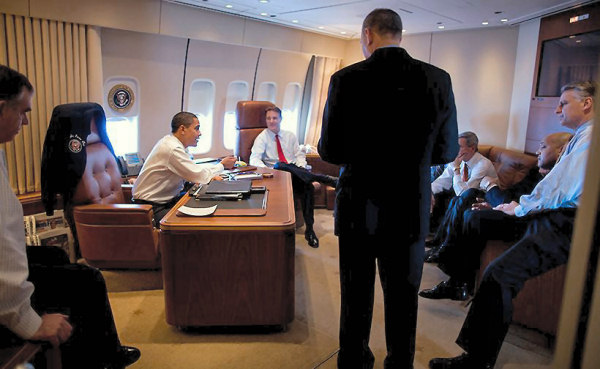
VC-25A president's office
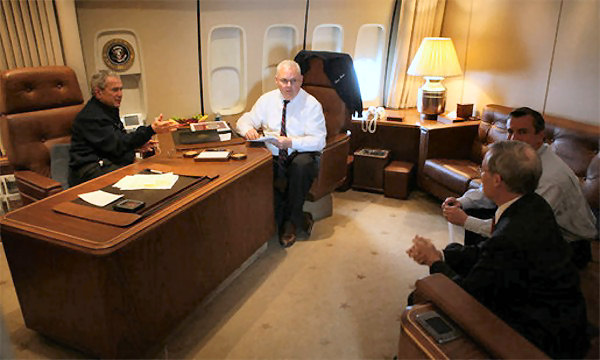
VC-25A president's office
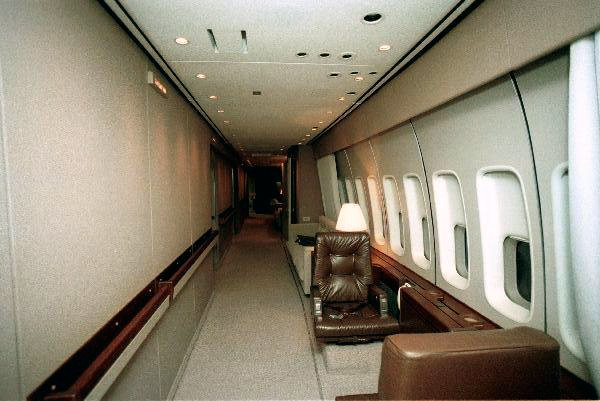
VC-25A corridor
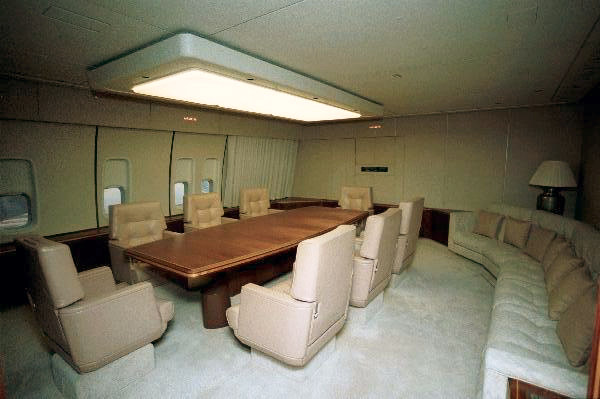
VC-25A conference room
